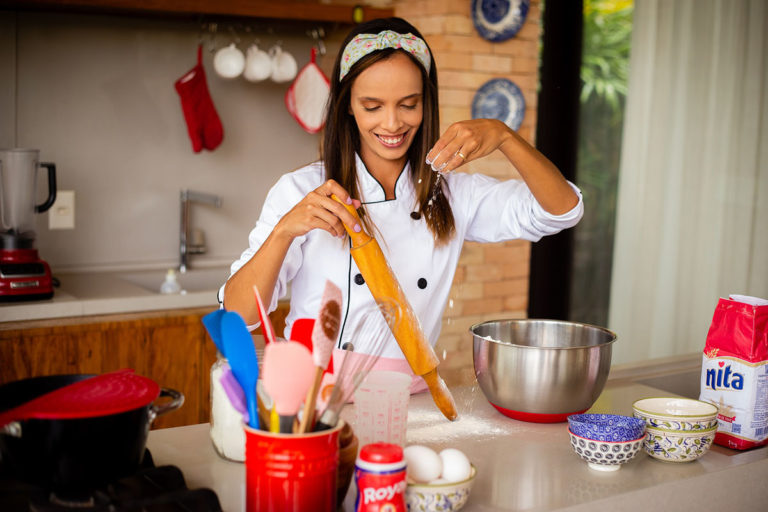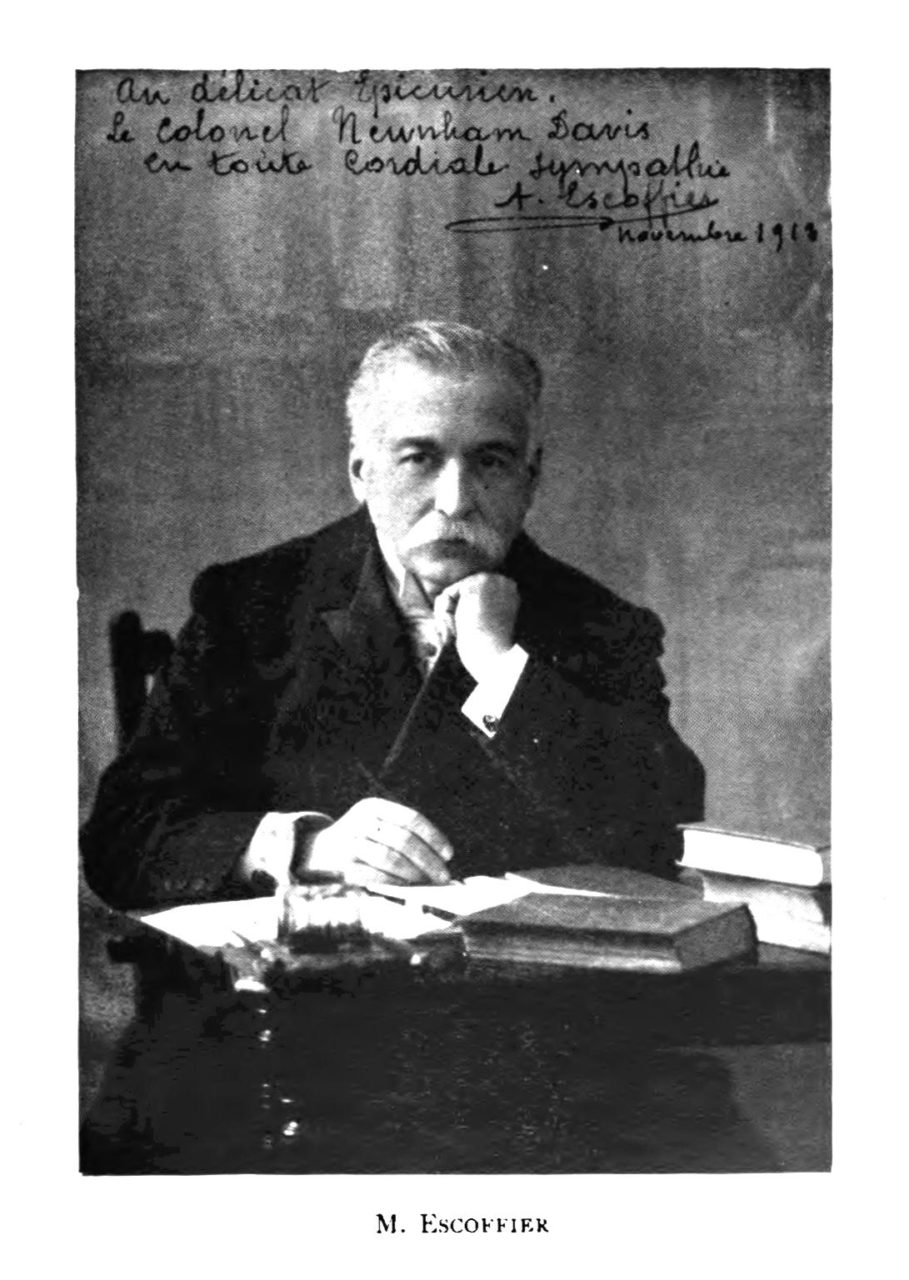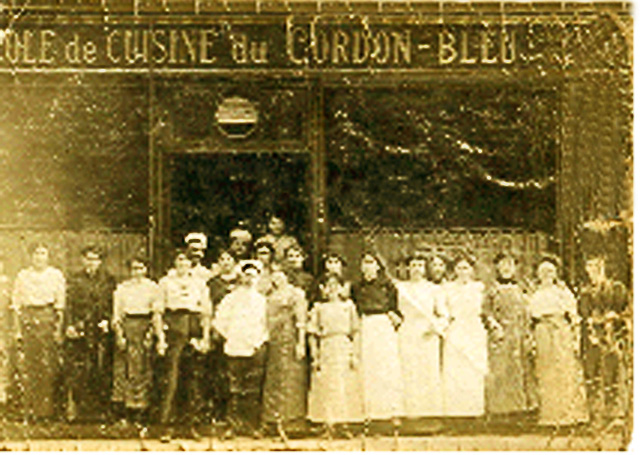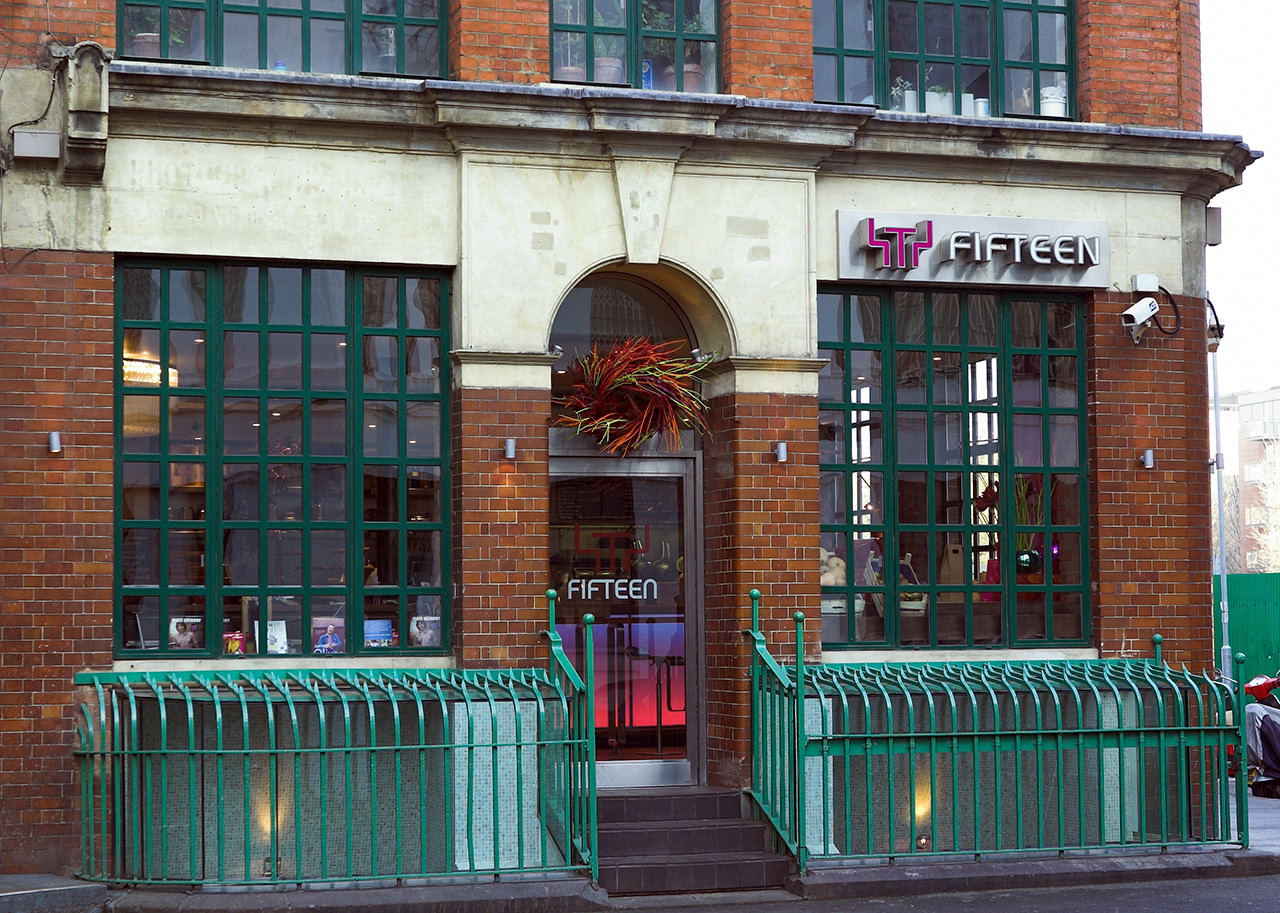
If you are at all interested in becoming a professional chef you need to go to school. There is a huge difference between being a good cook for your friends at dinner parties and being a chef in a kitchen as part of a team. And if you want to be a top chef you should probably learn about French cooking techniques. There is a reason most culinary terms are French and that is that the French consider themselves the creators of modern cooking.

Auguste Escoffier, a French chef and food writer from the late 19th century and early 20th, is often considered the father of modern cookery and his book “Le Guide Culinaire” is still used as a textbook and reference guide. Escoffier also worked closely with Cesar Ritz at two iconic hotels – the Savoy Hotel in London and the Ritz Hotel in Paris.
One of the first things you will learn in culinary school will be the “Grandes Sauces” or Mother Sauces as they are also known – Bechamel, Espagnol, Tomate, Velouté and Hollandaise / Mayonnaise. Once you have mastered the basics of these, other sauces or “petites sauces” will become possible and you will start to create your own food and style.

You may say that you are not interested in traditional cookery and prefer to learn about molecular gastronomy or spherification but back in the early 19th century a famous French chef, Marie Antoine Careme, beat you to it by stating that when making a stock, “the broth must come to a boil very slowly, otherwise the albumin coagulates, hardens; the water, not having time to penetrate the meat, prevents the gelatinous part of the osmazome from detaching itself.” Science was already playing a part in daily cooking.
So where do you learn? Paris, London, New York, Tokyo, Barcelona, Switzerland etc and most likely at a school with a name such as Le Cordon Bleu, Escoffier School of Culinary Arts or American Institute of Culinary Arts. Obviously these are considered among the top schools worldwide and have a price tag that matches. For example, Le Grand Diplôme from Le Cordon Bleu will cost you around 50,000 Euros!

However as qualifications go this is considered la Creme de la Creme and will open doors to your career that us mere mortals could not even dream about. Even a basic cuisine certificate from Cordon Bleu will cost in excess of 10,000 Euros for a 3 month course. Most culinary schools are going to be quite expensive as you will be using a lot of different ingredients with some results that may not be that edible!

Some famous chefs have started their own culinary schools. In England chef Jamie Oliver started a restaurant project known as Fifteen. His idea was to help 15 under-privileged youths each year gain a qualification and a vocation by learning to cook. Started in 2002 in London Fifteen had expanded to 22 locations before being forced to close in 2019 when Jamie Oliver’s restaurant group went into receivership.
He has promised to relaunch something similar in the future. But his concept proved that a mix of school and on-the-job training is probably one of the best ways of learning. And if you think Hell’s Kitchen is anything like a culinary school – forget it! It is a contrived TV programme purely to make Gordon Ramsey look good.
There are obviously much cheaper ways of going to culinary school and sometimes the benefits can be just as good, if not better, than spending a fortune on a prestigious named establishment. Natural talent can always outshine a paid-for certificate. Local colleges with a hotellerie course will include all you need to know about becoming a chef. They will teach you to cook, give you the culinary terms, teach you about stock control and costing. But don’t forget there are many facets to cooking and you may wish to specialise in a particular area, such as patisserie or butchery, which should be offered as a separate course.
A further option is to learn on the job and get enrolled at a college which you would attend one day per week. There are some great benefits from learning in the real world but I would always recommend a college course in addition to working.
I have focused here on the professional side of cookery but there is a growing trend toward cookery classes that are part of an overall experience designed to showcase a region’s cuisine for amateur cooks. In a separate article I will look at some of these popular classes and how much fun they can be.